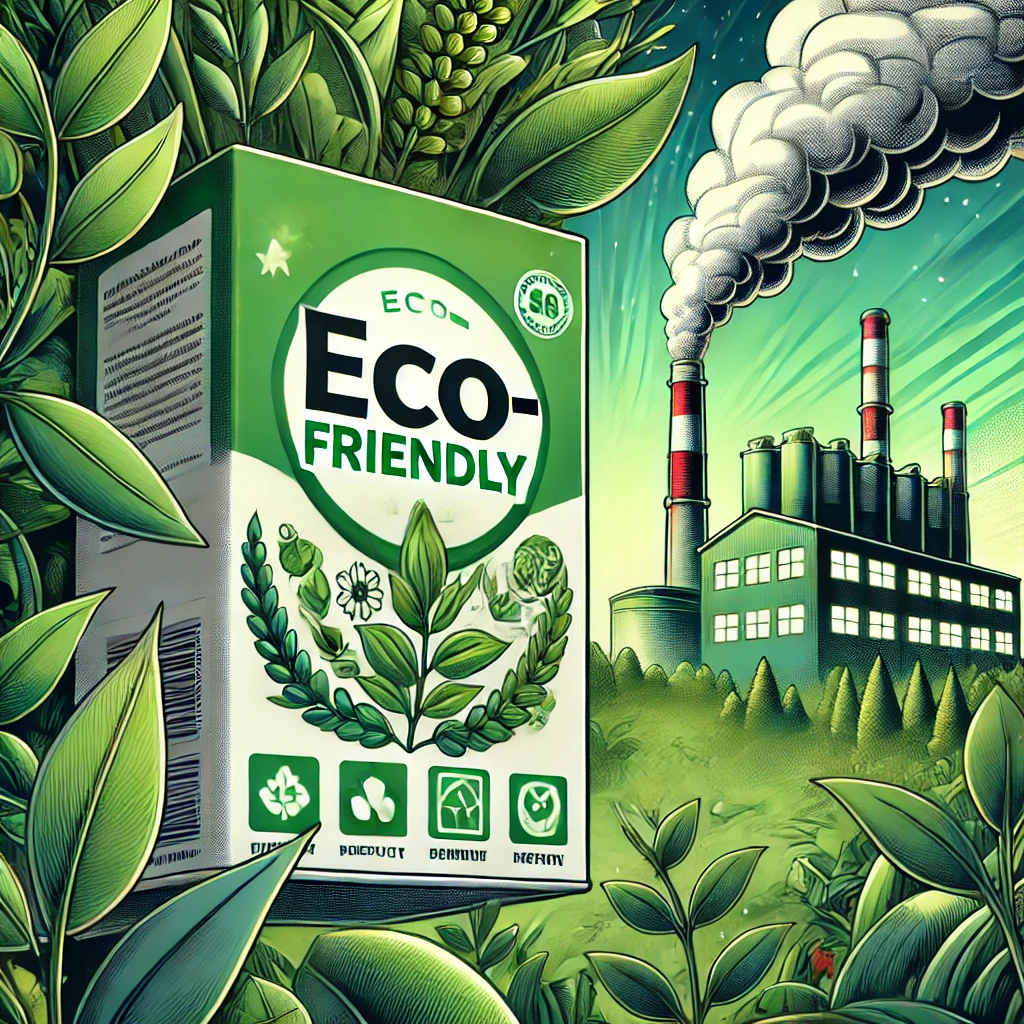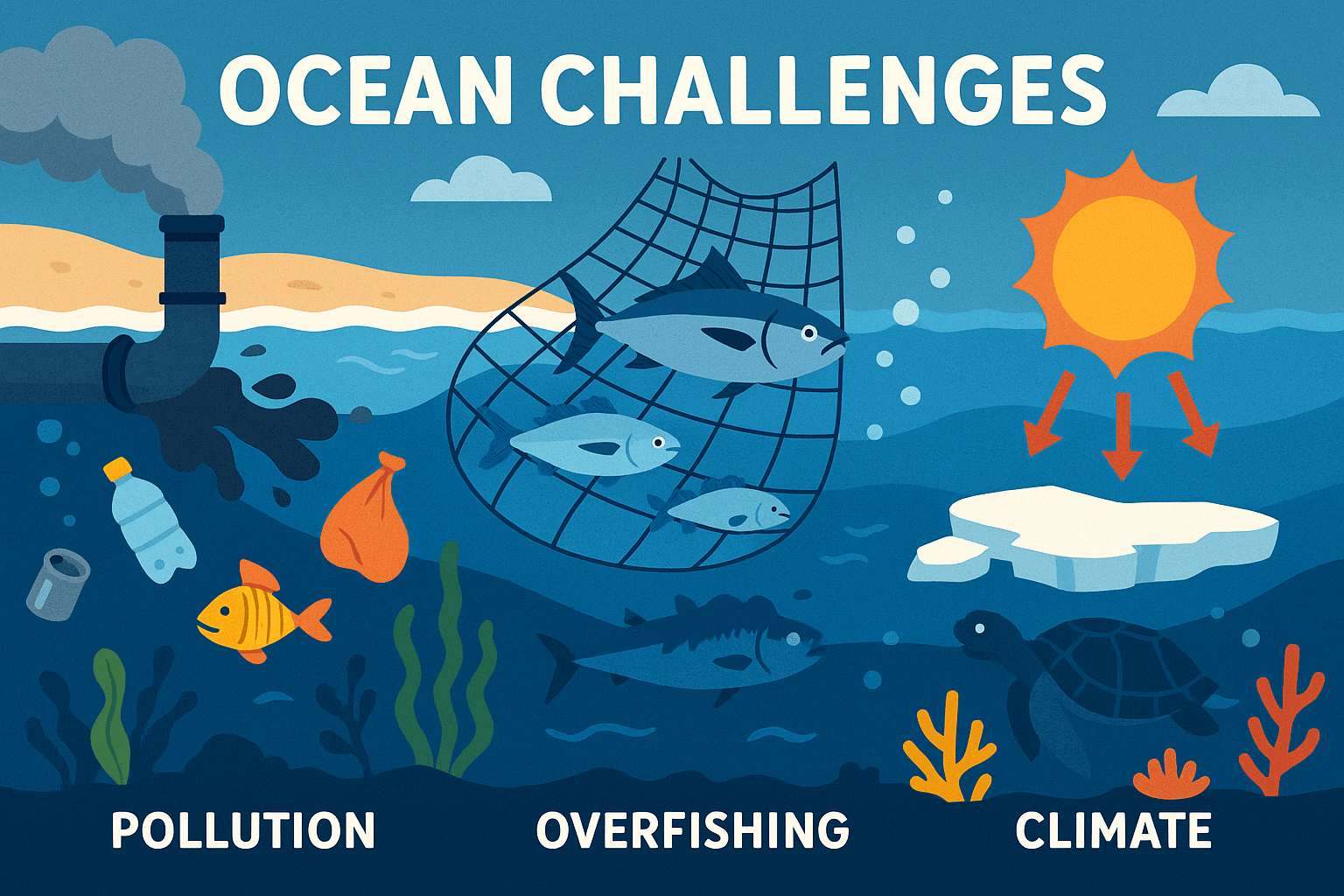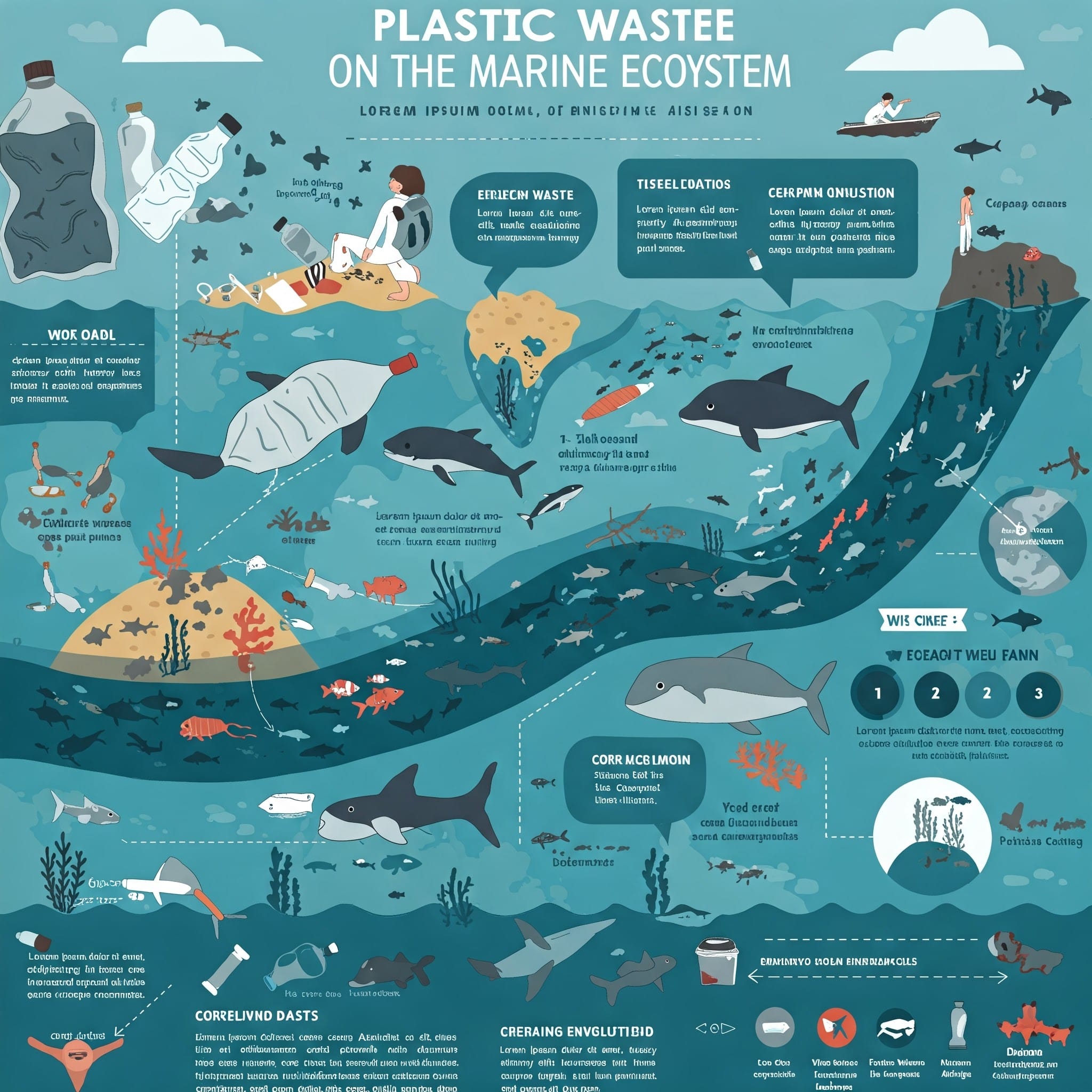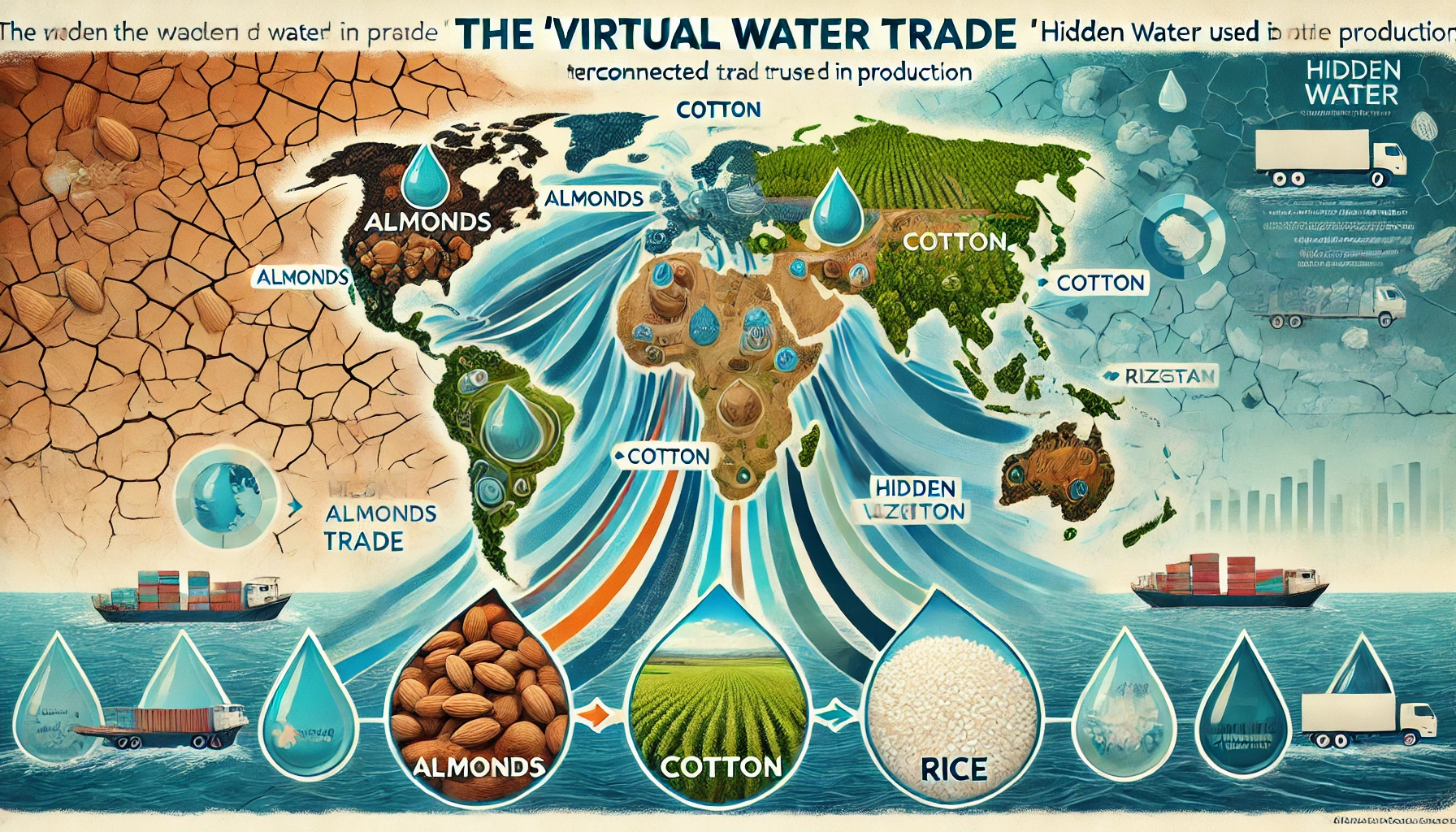In today’s consumer-driven world, transparency is the new currency of trust. Brands know this—and many have adapted their marketing strategies accordingly. However, beneath the sheen of purpose-driven branding lies a troubling array of deceptive practices collectively known as “washing.” These tactics range from superficially championing social causes to manipulating public perception for profit, often without any genuine commitment to change. Here, we break down the major types of washing practices that consumers should watch for:
1. Greenhushing: Keeping Eco-Initiatives Under the Radar
Greenhushing occurs when companies intentionally downplay their environmental efforts, often to avoid public scrutiny. While this approach may seem less harmful than outright lying, it can prevent meaningful discussion and improvements in sustainability.
2. Bluewashing: Branding for Ocean-Friendly Image
Bluewashing, like greenwashing, taps into environmental concerns—specifically, water and ocean conservation. A brand might sponsor ocean clean-ups or emphasize “water-friendly” initiatives, yet simultaneously engage in practices that harm aquatic ecosystems.
3. Greenwashing: The Deceptive “Eco-Friendly” Label
Perhaps the most well-known of these tactics, greenwashing refers to the exaggeration of environmental benefits. Brands may use words like “eco-friendly” or “sustainable” on packaging without substantiating these claims, misleading consumers who want to make environmentally conscious choices.
4. Pinkwashing: Surface-Level LGBTQ+ Support
Pinkwashing involves companies portraying themselves as supporters of LGBTQ+ rights, often through rainbow-themed logos during Pride Month, without taking meaningful action to support the community. This can feel disingenuous to consumers who value real inclusion.
5. Astroturfing: Fake Grassroots Movements
Named after artificial grass, astroturfing refers to creating fake grassroots campaigns to simulate widespread support for a cause or product. Companies might use this to make an agenda appear genuinely popular, undermining authentic public opinion.
6. Sportswashing: Using Sports to Clean Image
This technique involves sponsoring or hosting sports events to distract from controversial or unethical practices. Sportswashing allows companies or even entire countries to reshape public perception while serious issues remain unaddressed.
7. Whitewashing: Glossing Over the Negative
Whitewashing involves omitting or downplaying problematic histories or recent controversies. By rewriting narratives, companies attempt to clean up their reputations without actual reforms, which can mislead consumers into thinking they have improved.
8. Causewashing: Exploiting Causes for Profits
Causewashing is when brands align themselves with social causes—like mental health, racial justice, or anti-bullying—superficially to attract support. Although companies may donate or promote related campaigns, the support often lacks depth or impact.
9. Wellnesswashing: The Health Halo
With wellness trends on the rise, wellnesswashing occurs when companies exaggerate the health benefits of their products without scientific backing. Terms like “detox” or “natural” may be used to entice consumers, even if the claims are largely unsubstantiated.
10. Rainbowwashing: The Rainbow-Only During Pride
Similar to pinkwashing, rainbowwashing refers to the use of LGBTQ+ symbols, like rainbows, without real support for the community. Some brands adopt rainbow-colored packaging during Pride Month, only to drop all LGBTQ+ alignment afterward.
11. Blackwashing: A Surface-Level Racial Justice Stance
Blackwashing occurs when companies claim support for racial justice without enacting meaningful changes in their practices. Superficial statements on equality or inclusion, when unsupported by real actions, erode trust and diminish genuine efforts for racial justice.
Final Thoughts
Each of these tactics highlights how some companies exploit social and environmental concerns to bolster their image. By understanding the nuances of each form of washing, consumers can make more informed decisions and support brands that genuinely align with their values. For brands, the lesson is clear: authenticity builds trust, while inauthenticity, in the end, may do more harm than good.



